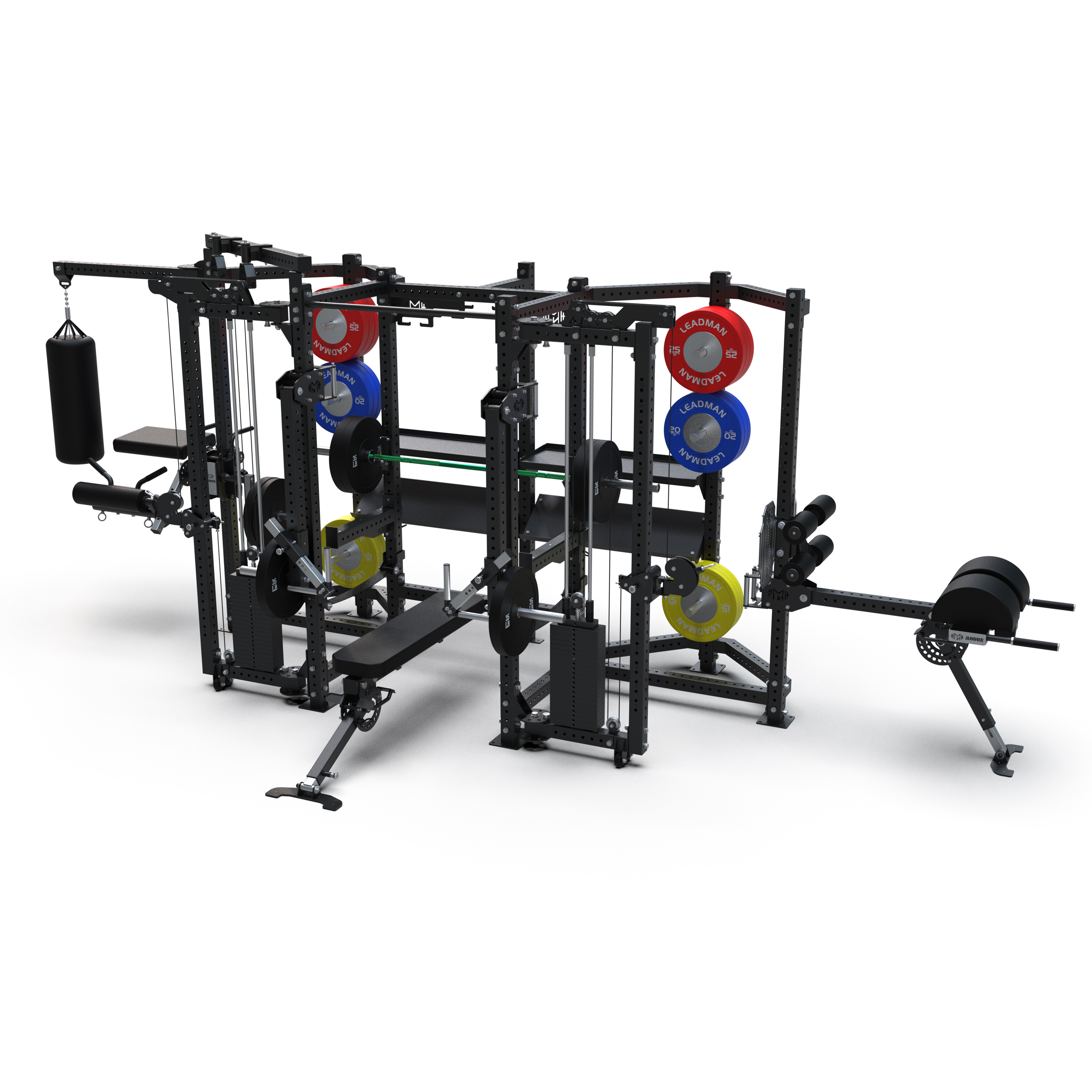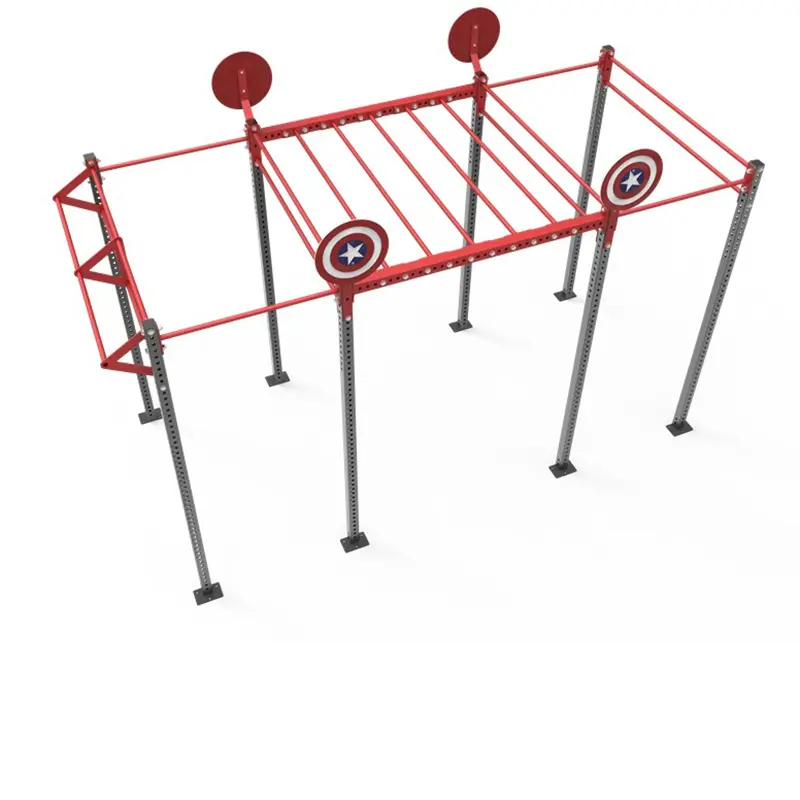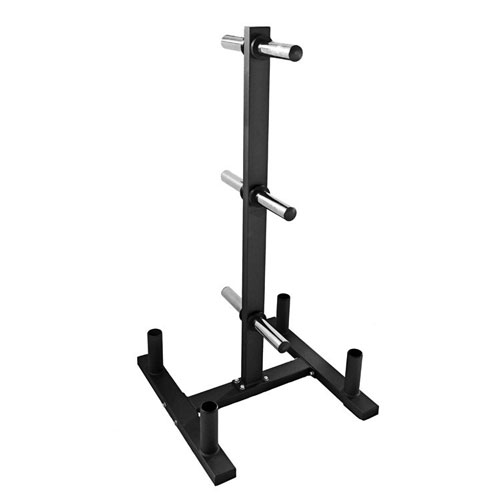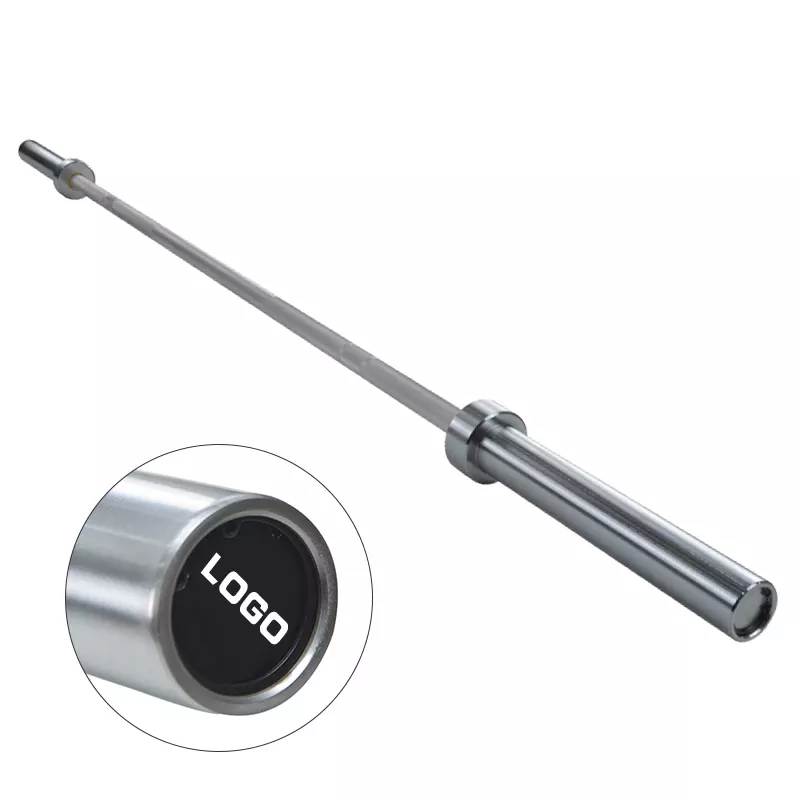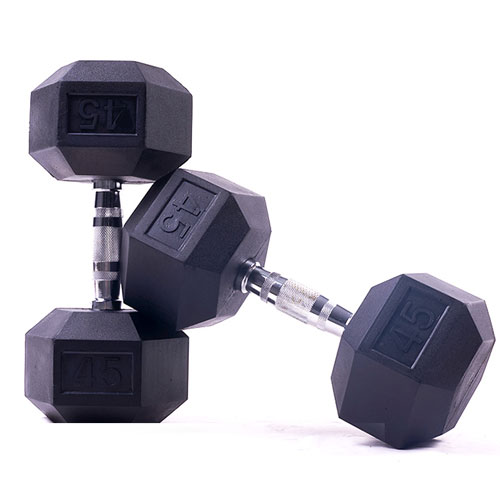Is a Curl Bar Better Than a Straight Bar
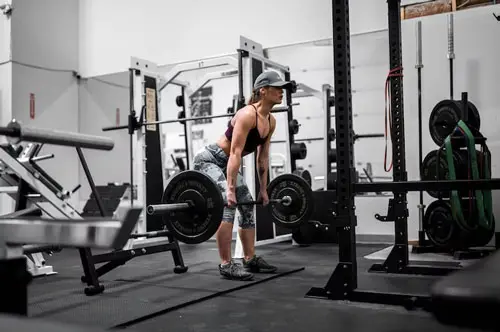
Bicep curls, an iconic exercise for building muscle, have been a staple in fitness regimens for decades. The choice between using a curl bar or a straight bar for this exercise often sparks debates among fitness enthusiasts. This blog post delves into a detailed comparison of these two popular bar types, providing insights into their respective advantages and disadvantages. By examining key factors such as muscle activation, range of motion, wrist position, stability, and personal preference, you will be better equipped to make an informed decision about which bar suits your needs best.
1. Grip Width and Muscle Activation
The grip width on a curl bar significantly influences which areas of the biceps are targeted. A narrower grip, with hands placed closer together, emphasizes the inner biceps (brachioradialis), while a wider grip, with hands positioned farther apart, focuses on the outer biceps (brachii). In contrast, a straight bar generally offers a fixed grip width that primarily targets the brachii.
Research suggests that exercises performed with a curl bar may lead to greater muscle activation in the brachioradialis compared to exercises performed with a straight bar. However, it's important to note that both bars effectively engage the brachii. For those looking to maximize muscle growth, understanding the nuances of grip width and its impact on muscle activation is crucial.
2. Range of Motion
A distinctive advantage of curl bars is their ability to provide a wider range of motion than straight bars. The angled handles allow for a more pronounced supination (outward rotation) of the forearms, which enables a deeper contraction of the biceps. This increased range of motion can lead to enhanced muscle fiber recruitment, potentially resulting in improved muscle growth.
For those who are serious about building muscle, the range of motion is a critical factor. A deeper contraction means more muscle fibers are engaged, leading to better overall development. This is particularly beneficial for advanced lifters who are looking to push their limits and achieve new levels of muscle growth.
3. Wrist Position and Comfort
The angled handles of curl bars significantly reduce wrist strain compared to straight bars. The neutral grip adopted when using a curl bar minimizes stress on the wrists by reducing pressure and eliminating excessive flexion or extension. This feature is particularly beneficial for individuals with wrist pain or discomfort.
Testimonials from numerous individuals attest to the reduced wrist discomfort experienced when using curl bars. "I used to get shooting pains in my wrists when doing bicep curls with a straight bar," says fitness enthusiast Sarah Jones. "Since switching to a curl bar, I've noticed a remarkable improvement in my comfort levels."
4. Body Position and Stability
Using a curl bar promotes a more upright body position than a straight bar. This upright stance engages the core muscles and enhances overall stability. Maintaining an upright posture helps prevent excessive forward lean, which can strain the lower back and reduce the effectiveness of the bicep curls.
For those who struggle with maintaining proper form during bicep curls, the curl bar can be a game-changer. The upright position not only reduces the risk of injury but also ensures that the biceps are being effectively targeted, leading to better results over time.
5. Convenience and Portability
Curl bars are generally more compact and portable than straight bars. Their smaller size and lighter weight make them ideal for home workouts or travel. Portable curl bars or attachments are readily available, providing convenience and flexibility for those who prefer to work out on the go.
For those who travel frequently or have limited space at home, the portability of curl bars is a significant advantage. They can easily be stored in a closet or taken on the road, ensuring that you never miss a workout, no matter where you are.
6. Price and Availability
Cost and availability can be factors to consider when choosing between curl bars and straight bars. Curl bars are typically priced slightly higher than straight bars. However, the price range varies depending on the brand, material, and features.
Curl bars are becoming increasingly available in gyms and fitness centers, but straight bars remain more prevalent. If accessibility is a concern, it's advisable to inquire about the availability of curl bars at your local gym or fitness facility.
7. Hybrid Options
The fitness industry has introduced hybrid bars that combine features of both curl and straight bars. These hybrid bars typically have handles that can be adjusted to various angles, providing a versatile option. They offer the advantages of a wider range of motion and reduced wrist strain while maintaining the stability and grip options of a straight bar.
One notable hybrid bar is the EZ-curl bar. The EZ-curl bar features a W-shaped handle that allows for different hand positions and a more neutral grip. Hybrid bars provide adaptability and cater to a broader range of individuals and exercise preferences.
8. Personal Preference and Goals
The choice between a curl bar and a straight bar ultimately depends on individual preference and fitness goals. Consider the following factors when making your decision:
- Muscle activation: If your primary goal is to emphasize the brachioradialis, a curl bar may be a better choice.
- Range of motion: For exercises requiring a deeper range of motion, a curl bar provides an advantage.
- Wrist comfort: If wrist discomfort is a concern, a curl bar with angled handles can significantly reduce strain.
- Body position: A curl bar promotes a more upright position, which may be beneficial for those with lower back issues.
- Personal preference: Ultimately, the bar that feels most comfortable and effective for you is the best choice.
9. Advanced Techniques
Bicep curls with curl bars offer opportunities for advanced techniques that can enhance muscle development:
- Super-sets: Super-setting bicep curls with curl bars with other exercises, such as tricep extensions, can intensify the workout and maximize muscle stimulation.
- Drop-sets: Progressively reducing the weight and increasing the repetitions with a curl bar can exhaust the biceps and promote muscle growth.
- Partial curls: Performing partial curls with a curl bar, focusing on the mid-range of motion, can target specific muscle fibers and improve overall strength.
Conclusion
Both curl bars and straight bars have their merits in the realm of bicep curls. Curl bars provide advantages in terms of muscle activation, range of motion, wrist comfort, and body position, while straight bars offer stability and versatility. Hybrid bars combine elements of both bar types, offering a comprehensive solution for individuals seeking adaptability and functionality.
The choice between a curl bar and a straight bar is a personal one, influenced by individual circumstances and goals. Experimenting with both bars can help you determine what works best for you. Consult a fitness professional for personalized guidance and recommendations based on your specific needs and fitness aspirations.
FAQ about Curl Bars and Straight Bars
1. Which bar is better for beginners?
For beginners, a curl bar is often recommended due to its ergonomic design, which reduces wrist strain and promotes better form. However, it's also beneficial to experiment with both bars to see which one feels more comfortable and effective for your specific needs.
2. Can I use both bars in the same workout?
Yes, incorporating both curl bars and straight bars into your workout can provide a more comprehensive training experience. For example, you could start with a straight bar for heavy lifts and then switch to a curl bar for higher-rep, isolation exercises.
3. Are curl bars more expensive than straight bars?
Curl bars are generally slightly more expensive than straight bars due to their specialized design. However, the price difference is often justified by the added comfort and versatility they provide.
4. Can I use a curl bar for other exercises besides bicep curls?
Absolutely! Curl bars can be used for a variety of exercises, including tricep extensions, shoulder presses, and even some lower-body exercises like lunges. Their versatility makes them a valuable addition to any home gym.
5. How do I choose the right bar for my fitness goals?
Your choice should depend on your specific fitness goals. If you're looking to target specific muscles like the brachioradialis, a curl bar may be more effective. For overall strength and stability, a straight bar might be the better option. Consulting with a fitness professional can also help you make an informed decision.

